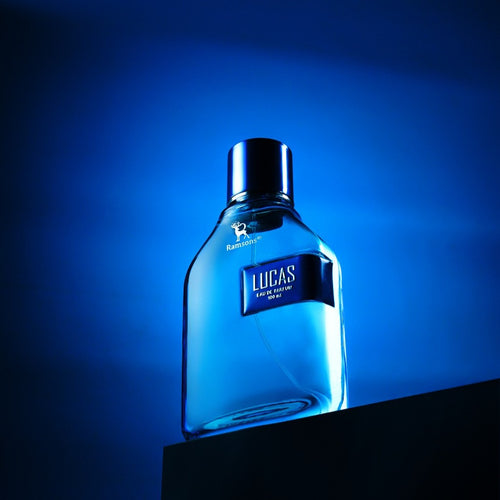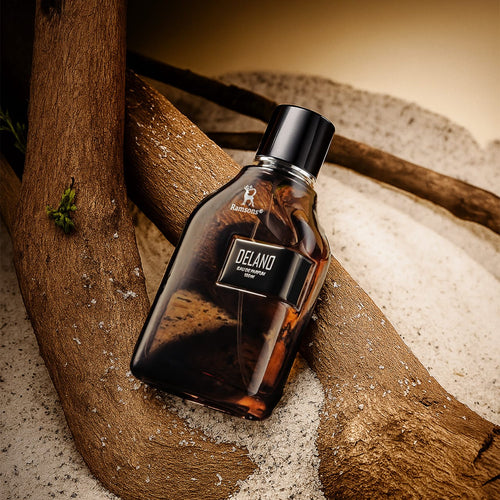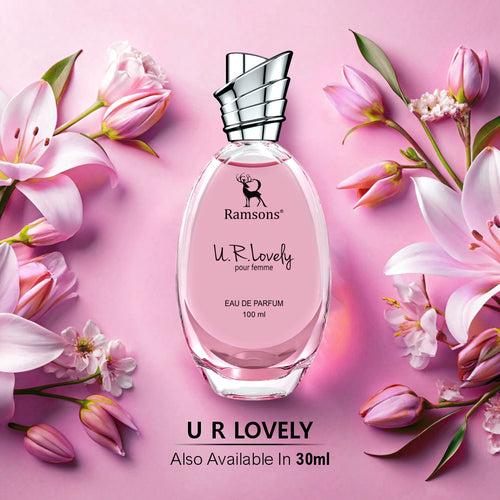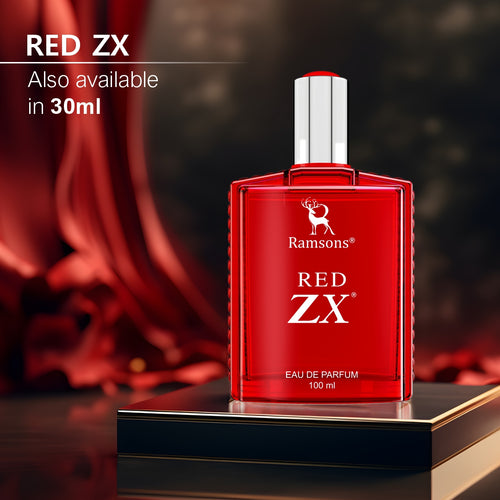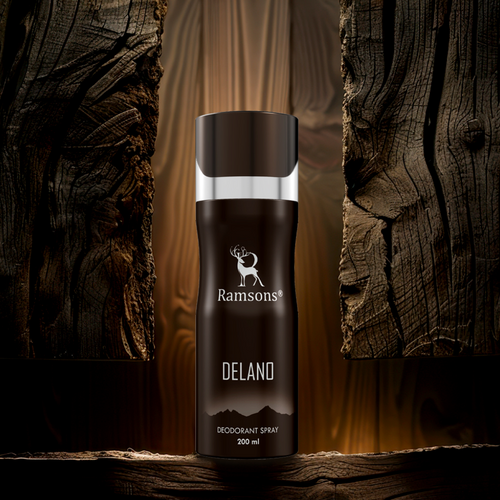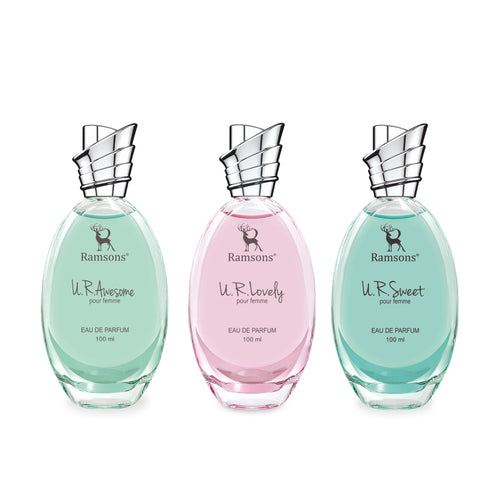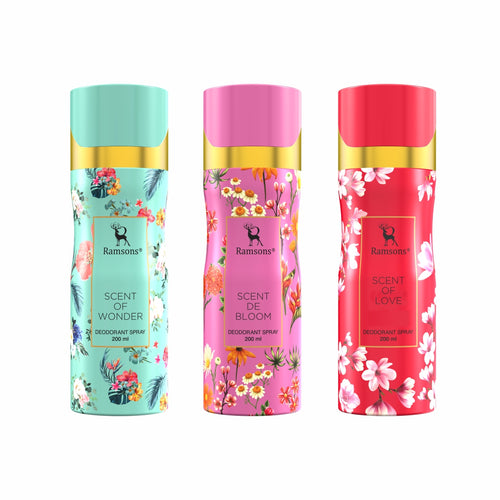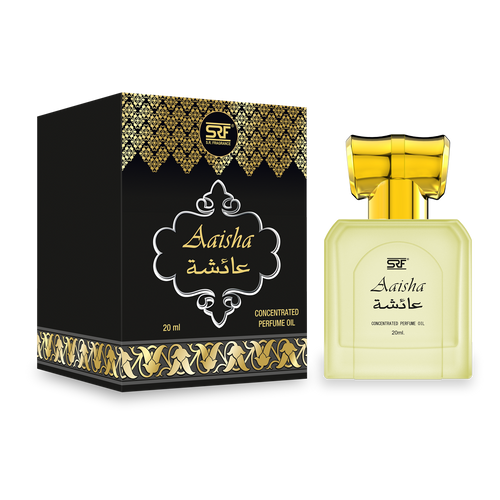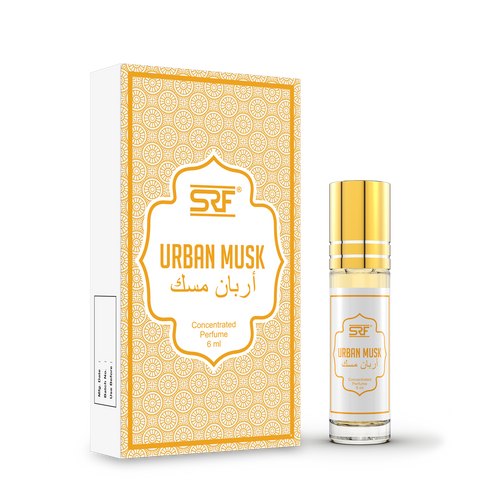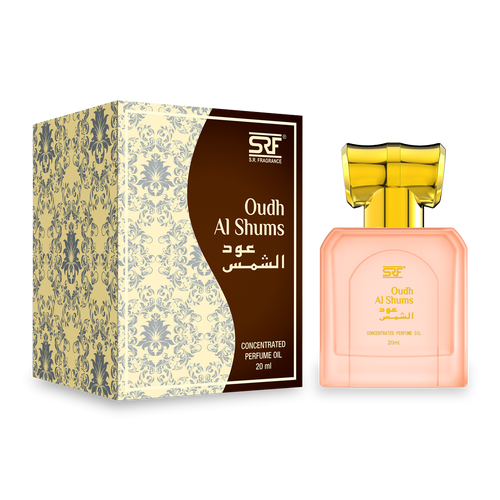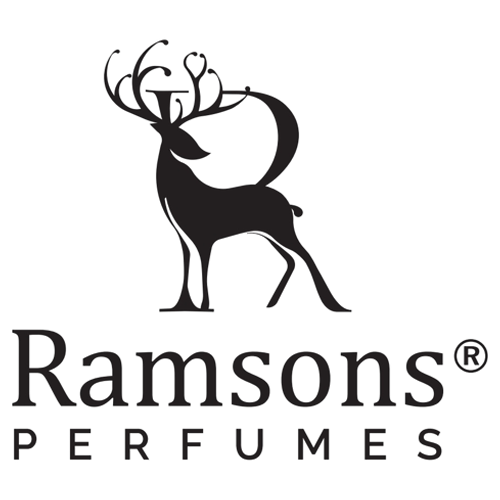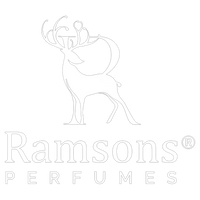Introduction
In the realm of personal grooming and hygiene, two common products often come into play: deodorant and perfume. While both serve the purpose of enhancing one's scent, they play distinct roles in our daily routines. In this comprehensive guide, we delve into the differences between deodorant and perfume, shedding light on their unique characteristics and functions.
Deodorant
Deodorant primarily serves to combat body odor by neutralizing or masking unpleasant smells caused by bacteria on the skin. It typically contains antimicrobial agents that target odor-causing bacteria, along with fragrance to provide a fresh scent. Deodorants come in various forms, including sticks, sprays, and roll-ons, offering consumers a range of options based on personal preference and skin type.
-
Key Characteristics of Deodorant:
-
Odor Neutralization
-
Antimicrobial Properties
-
Sweat Control
While not all deodorants prevent sweating, some formulations also offer sweat-absorbing properties to keep underarms dry.
Perfume
Perfume, on the other hand, is primarily designed to enhance personal fragrance and make a lasting olfactory impression. It consists of a blend of aromatic compounds, essential oils, and solvents, carefully curated to create a unique scent profile. Perfume comes in various concentrations, including eau de toilette, eau de parfum, and parfum, each offering a different intensity and longevity of fragrance.
-
Key Characteristics of Perfume:
-
Fragrance Enhancement
-
Concentration Levels
-
Layering Potential
Perfume enthusiasts often engage in layering techniques, combining multiple scents to create a personalized aroma that evolves throughout the day.
Distinguishing Factors
While both deodorant and perfume contribute to personal grooming and scent enhancement, several key factors differentiate the two:
-
Function
Deodorant primarily addresses body odor and sweat control, whereas perfume focuses on fragrance enhancement.
-
Ingredients
Deodorants contain antimicrobial agents and sweat-absorbing ingredients, while perfumes consist of aromatic compounds and essential oils.
-
Application
Deodorants are typically applied to specific areas of the body prone to sweating, such as the underarms, while perfume can be applied to pulse points for optimal diffusion.
Conclusion
In summary, while deodorant and perfume share the common goal of enhancing personal scent, they serve distinct purposes in the realm of personal grooming. Understanding the differences between these two products empowers individuals to make informed choices based on their specific needs and preferences. Whether combating body odor or making a lasting olfactory impression, both deodorant and perfume play essential roles in our daily routines.
